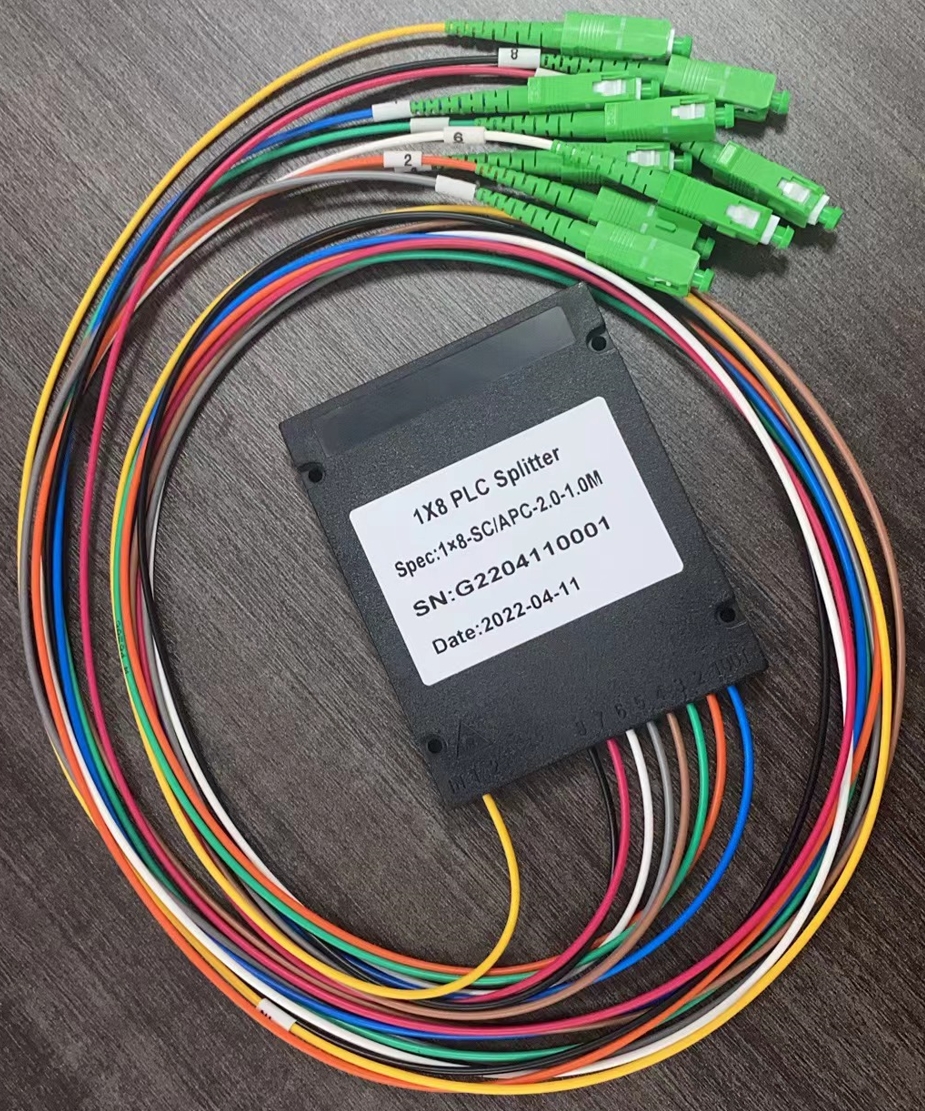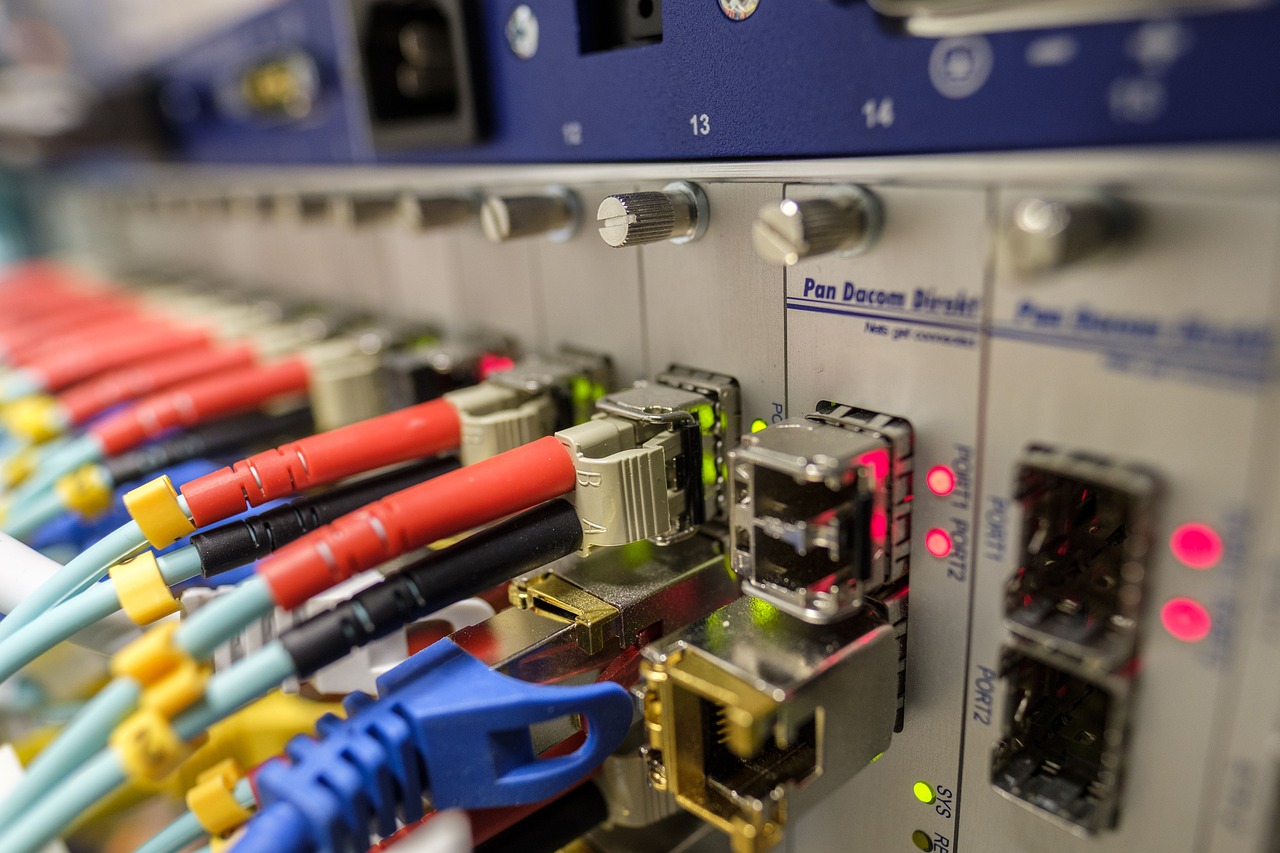How to Maximize the Benefits of 1*16 CH, SC/APC Connector, Single Fiber, DWDM Mux Demux, ABS/LGX Module with Low Insertion Loss

Understanding the Basics of DWDM Mux Demux and Low Insertion Loss
In the realm of optical networking, understanding the fundamental concepts of DWDM Mux Demux and Low Insertion Loss is crucial for optimizing network performance and efficiency.
What is DWDM Mux Demux?
The Principle Behind DWDM Technology
DWDM (Dense Wavelength Division Multiplexing) technology enables the simultaneous transmission of multiple optical signals with varying wavelengths over a single fiber optic cable. This is achieved by utilizing different wavelengths to carry distinct data streams, thereby maximizing the capacity of the existing fiber infrastructure.
Key Components of DWDM Systems
A DWDM Mux Demux system consists of essential components such as multiplexers, demultiplexers, and optical filters. The multiplexer combines multiple input signals into a single composite output, while the demultiplexer separates these combined signals back into individual channels at the receiving end. Additionally, optical filters help in managing and directing specific wavelengths within the system.
The Importance of Low Insertion Loss
Defining Insertion Loss
Insertion loss refers to the reduction in signal power that occurs when transmitting through a device or component within a network. In the context of optical systems, it signifies the decrease in signal strength as it passes through connectors, splices, or other passive components. Low insertion loss is indicative of minimal signal attenuation during transmission.
How Low Insertion Loss Improves Network Efficiency
The significance of low insertion loss lies in its direct impact on network performance. By minimizing signal attenuation, low insertion loss ensures that transmitted data encounters minimal degradation throughout its journey across the network. This results in enhanced signal integrity, reduced need for amplification, and ultimately leads to improved overall network efficiency.
The Role of SC/APC Connectors in Enhancing Signal Quality
In the realm of optical networking, SC/APC connectors play a pivotal role in ensuring the seamless transmission of data with optimal signal quality.
Introduction to SC/APC Connectors
Characteristics of SC/APC Connectors
SC/APC connectors are characterized by their angled physical contact (APC) end face, which minimizes back reflection and ensures that the return loss is significantly lower compared to connectors with a flat end face. This design feature is critical in maintaining signal integrity and reducing potential signal degradation within the network.
Why SC/APC Connectors are Preferred in DWDM Systems
The preference for SC/APC connectors in DWDM systems stems from their ability to effectively minimize signal loss and maintain consistent signal quality. Their unique design not only reduces back reflection but also provides a stable and reliable connection, making them an ideal choice for high-performance optical networks.
Impact of SC/APC Connectors on Signal Integrity
Reducing Reflection and Loss
One of the primary advantages of SC/APC connectors is their capability to minimize back reflection, which can otherwise lead to interference and signal degradation. By mitigating reflective losses, these connectors contribute to sustaining the overall quality and reliability of transmitted signals.
Ensuring Stable and Reliable Connections
The robust construction of SC/APC connectors ensures that connections remain stable and secure, even in demanding operational environments. This stability is crucial for maintaining uninterrupted data transmission and preventing potential disruptions that could compromise network performance.
Exploring the Advantages of the ABS/LGX Module
In the realm of optical networking, the ABS/LGX module emerges as a pivotal component that offers distinct advantages in enhancing network performance and scalability.
What Makes the ABS/LGX Module Stand Out?
Design and Build of the ABS/LGX Module
The ABS/LGX module is meticulously engineered with a compact and robust design, allowing for seamless integration within diverse network architectures. Its versatile build enables easy installation and accommodation within limited space constraints, making it an ideal choice for optimizing network infrastructure without compromising on performance.
Compatibility with DWDM Systems
The ABS/LGX module is designed to seamlessly integrate with DWDM systems, offering unparalleled compatibility and interoperability. Its standardized form factor ensures effortless incorporation into existing setups, facilitating smooth expansion and enhancement of network capabilities without necessitating extensive overhauls.
Benefits of Using the ABS/LGX Module in Your Network
Enhanced Scalability and Flexibility
The deployment of ABS/LGX modules empowers networks with enhanced scalability, allowing for efficient adaptation to evolving requirements. Its modular nature facilitates convenient upgrades and modifications, enabling network administrators to tailor configurations based on specific demands while ensuring optimal resource utilization.
Improved Network Performance with Low Insertion Loss
By leveraging the inherent attributes of low insertion loss, the ABS/LGX module significantly contributes to elevating overall network performance. The minimal signal attenuation achieved through its implementation ensures sustained data integrity and fidelity throughout transmission, thereby fortifying the reliability and efficiency of network operations.
Practical Tips for Maximizing the Benefits of 1*16 CH with Low Insertion Loss
When aiming to maximize the benefits of a 1*16 CH configuration with low insertion loss in a DWDM system, careful consideration and adherence to best practices are essential. Selecting the right components and implementing proper installation and maintenance techniques play a pivotal role in ensuring optimal performance and efficiency.
Selecting the Right Components for Your DWDM System
Criteria for Choosing DWDM Mux Demux and Connectors
Incorporating an efficient DWDM Mux Demux is fundamental to achieving seamless wavelength management within optical networks. When selecting these components, it is imperative to prioritize features such as high channel capacity, low insertion loss, and robust build quality. Additionally, opting for reputable manufacturers known for their adherence to industry standards can significantly enhance the reliability and longevity of the chosen DWDM Mux Demux.
Similarly, when choosing SC/APC connectors, factors such as precision engineering, low return loss, and compatibility with DWDM systems should be given precedence. The connectors' ability to minimize signal loss while maintaining stable connections is crucial in preserving signal integrity across the network.
Importance of Compatibility and Quality
Ensuring that all components within the DWDM system are compatible with each other is paramount. This includes verifying that the selected 1*16 CH, SC/APC connectors, and other associated modules align seamlessly with one another to guarantee optimal performance without impedance or signal degradation. Emphasizing quality over cost when procuring these components is vital in safeguarding network reliability and minimizing potential downtime due to component failures.
Best Practices for Installation and Maintenance
Ensuring Proper Installation of SC/APC Connectors and ABS/LGX Modules
During installation, meticulous attention must be given to aligning SC/APC connectors accurately to mitigate any potential signal loss due to misalignment or poor connection. Similarly, when integrating ABS/LGX modules, ensuring secure placement within designated slots while maintaining proper fiber routing is imperative for sustained low insertion loss.
Routine Checks and Maintenance to Sustain Low Insertion Loss
Regular inspections of all installed components are essential for identifying any signs of wear, misalignment, or damage that could compromise low insertion loss. Implementing routine cleaning procedures for connectors, modules, and fiber interfaces is crucial in preventing contamination-induced losses that could impede network performance over time.


